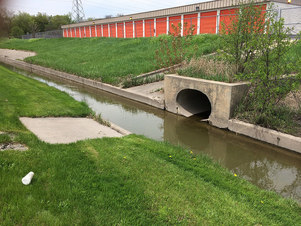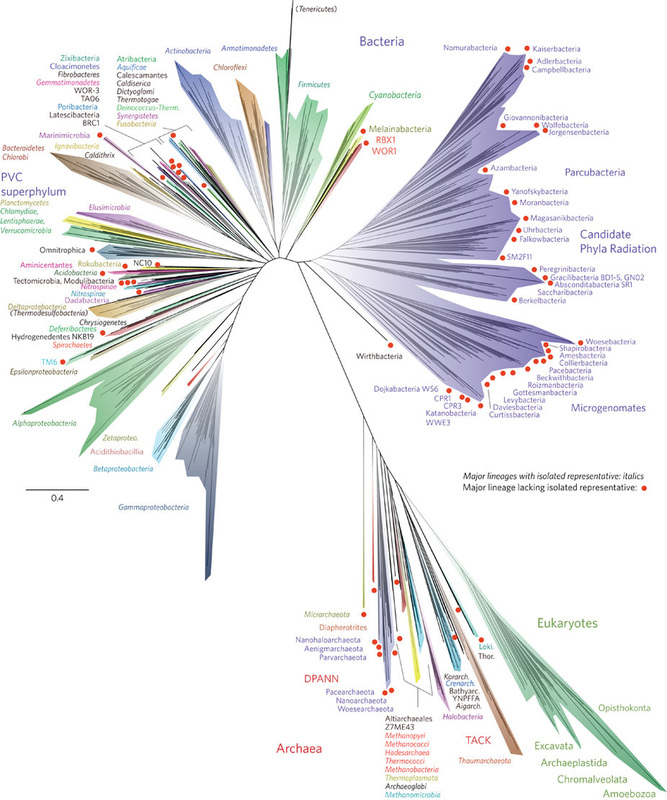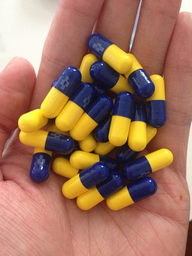
- Neighborhood retention ponds disguised as water features often require additions of copper sulfate or dye as the fertilizer runoff from lawns and yards creates algae blooms. Most of the pollution is in the form of nitrogen and phosphorus but also various herbicides/pesticides
- Parking lot, gas station. road, and warehouse lot runoff contains a blend of hydrocarbons including motor oil, fuels, and various chemicals including surfactants, pesticides, and herbicides.
Current efforts focus on creating awareness of the pollution in runoff, but are not enforcing any treatment requirements. As our population and development increases and non--point source pollution starts to contribute more "loadings" to the environment that municipal water treatment plant or industrial wastewater treatment discharges, the pollution issues may require more neighborhoods, farms, and commercial areas to have stormwater discharge permits.



 RSS Feed
RSS Feed